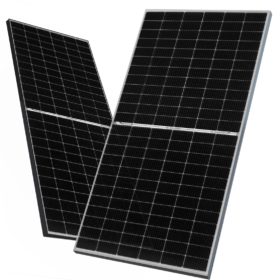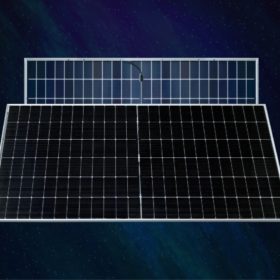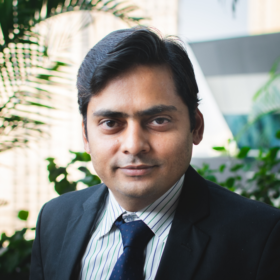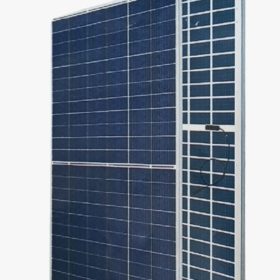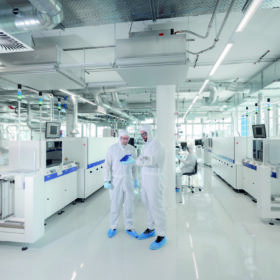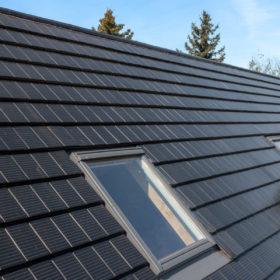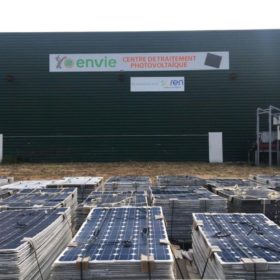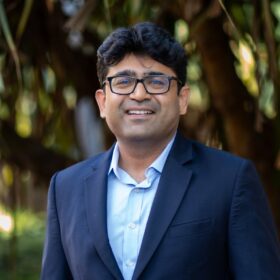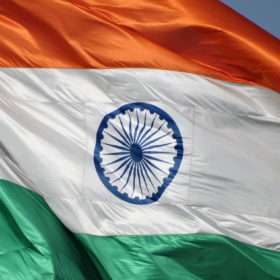JinkoSolar achieves 26.1% efficiency for n-type TOPCon solar cell
JinkoSolar has set another world record for n-type solar cell efficiencies with its TOPCon technology, this time reaching 26.1%. The new record was confirmed by China’s National Institute of Metrology.
“n-type module launch reflects our commitment to India”
China’s Trina Solar has shipped more than 8 GW of solar modules to India. It is looking to strengthen its foothold in the market with the launch of n-type PV modules.
AE Solar unveils n-type TOPCon solar modules with 22.2% efficiency
Germany-based AE Solar said its new panels have a temperature coefficient of -0.35% per degree Celsius and come with a 30-year power output guarantee for 87.4% of the initial yield.
REC places order for Maxwell’s HJT solar line
Maxwell Technologies will supply 600 MW of manufacturing equipment for REC’s latest heterojunction (HJT) innovation, REC Alpha Pure-R.
Challenges to utility-scale solar in India
The growth of utility-scale solar PV in India is marred by several challenges such as availability of land, limited local manufacturing capacity, high transmission and distribution losses, grid integration, and other inefficiencies.
Copper is the new silver lining
As the PV industry scales to annual terawatt-level production to rapidly curtail the world’s emissions, it will become more challenging to continue the cost reduction trajectory. Increasing module production from current levels of 200 GW to 300 GW to several terawatts each year will consume significantly more material resources than the industry currently uses. This will require consideration of the additional materials to be sourced, writes Alison Lennon, chief scientist at Sundrive Solar and professor at the UNSW’s School of Photovoltaic and Renewable Energy Engineering.
Contendre Solar unveils 550 W half-cut mono PERC module
Maharashtra-based Contendre Solar has unveiled CG X 144 series mono PERC modules in power outputs ranging from 535 W to 550 W, with power conversion efficiency between 20.7% and 21.3%.
Fraunhofer ISE develops direct metallization tech for heterojunction solar cells
Germany’s Fraunhofer ISE is applying its FlexTrail-printing technology to the direct metallization of silicon heterojunction solar cells. It said the technique reduces the use of silver, while maintaining high efficiency levels.
New solar tiles from Germany
Creaton and Autarq have developed a modular solar tile for complex rooftops. The product is reportedly compatible with all common PV inverters.
French consortium commissions solar module recycling facility
Soren and Envie 2E Aquitaine have inaugurated a new solar module recycling facility in Saint-Loubès, France.
